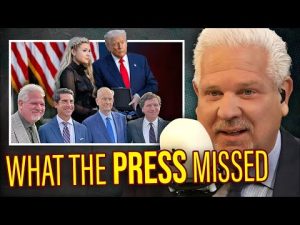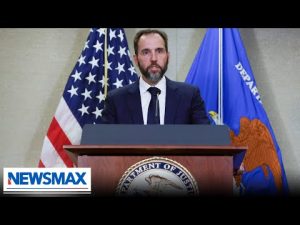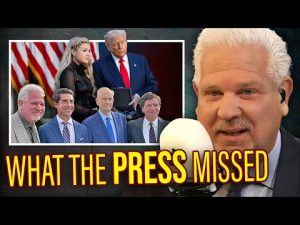### Unpacking the Misrepresentation of Charlie Kirk: A Closer Look
In the whirlwind world of political discourse, misinterpretations and misrepresentations often run rampant, and no one seems to be more of a target than Charlie Kirk. Recently, he has come under fire from prominent figures, including AOC and Ilhan Omar, who have twisted his words to fit their own narratives. This article aims to shed light on the context surrounding his statements and clear the air about the misunderstandings that have surfaced since his passing.
One of the most cited misconceptions is about Charlie’s views on the gay community. Critics often cherry-pick quotes to frame him as a hateful individual, but the truth is more nuanced. Charlie firmly believed in the ideal of marriage as between one man and one woman, but he also maintained that gay individuals should feel welcome in the conservative movement. His message was clear: love is essential, and everyone should be treated with respect. In conversations with gay conservatives, he highlighted that a person’s sexual orientation doesn’t define their entire identity. He focused instead on shared values like strong borders and family, which are foundational to a united movement.
The narrative continues with claims about Charlie’s stance on the Second Amendment. Critics delved into his discussion of gun violence, suggesting he trivialized gun deaths. However, a closer examination reveals that Charlie advocated for a more complex understanding of gun violence—emphasizing that achieving zero gun deaths is unrealistic. He stressed the importance of armed citizens protecting their rights and called for solutions that go beyond simplistic narratives. His approach highlighted the belief in individual responsibility and the necessity for a society where citizens have the means to defend themselves.
Additionally, accusations labeling Charlie as a racist have also been bandied about. Detractors pointed to his comments on the Civil Rights Act as evidence of backward thinking. In reality, he intended to critique how the act has been implemented in ways that extend its original purpose, which aimed to halt racial discrimination. His arguments were grounded in the belief that the implementation has created divisive policies that do not serve the American public as initially intended. His focus was on promoting strong families as a key factor in fostering healthy communities, particularly in areas where family structures have frayed.
Moreover, the mainstream media has often misconstrued Charlie’s words. One prominent example involves the New York Times, which claimed that he made anti-Semitic remarks. Upon closer investigation, it became clear that he was quoting another individual before critiquing their statements. This mischaracterization led to an apology from the publication, but the harm caused by the initial report was already done. This incident underscores the importance of context in understanding any individual’s rhetoric, especially when the stakes are as high as they are in today’s polarized climate.
In light of the persistent and often false narratives surrounding Charlie Kirk, it is essential for individuals to engage in open discussions that rely on factual context. The truth about his beliefs reflects a dedication to inclusivity within the conservative movement, a nuanced approach to policy issues, and a commitment to civil discourse. For those tempted to jump on the bandwagon of negativity, it is crucial to stop, think, and consider the context before labeling an individual as something they are not. After all, the discourse benefits from clarity, and perhaps, a touch of good humor wouldn’t go amiss!







